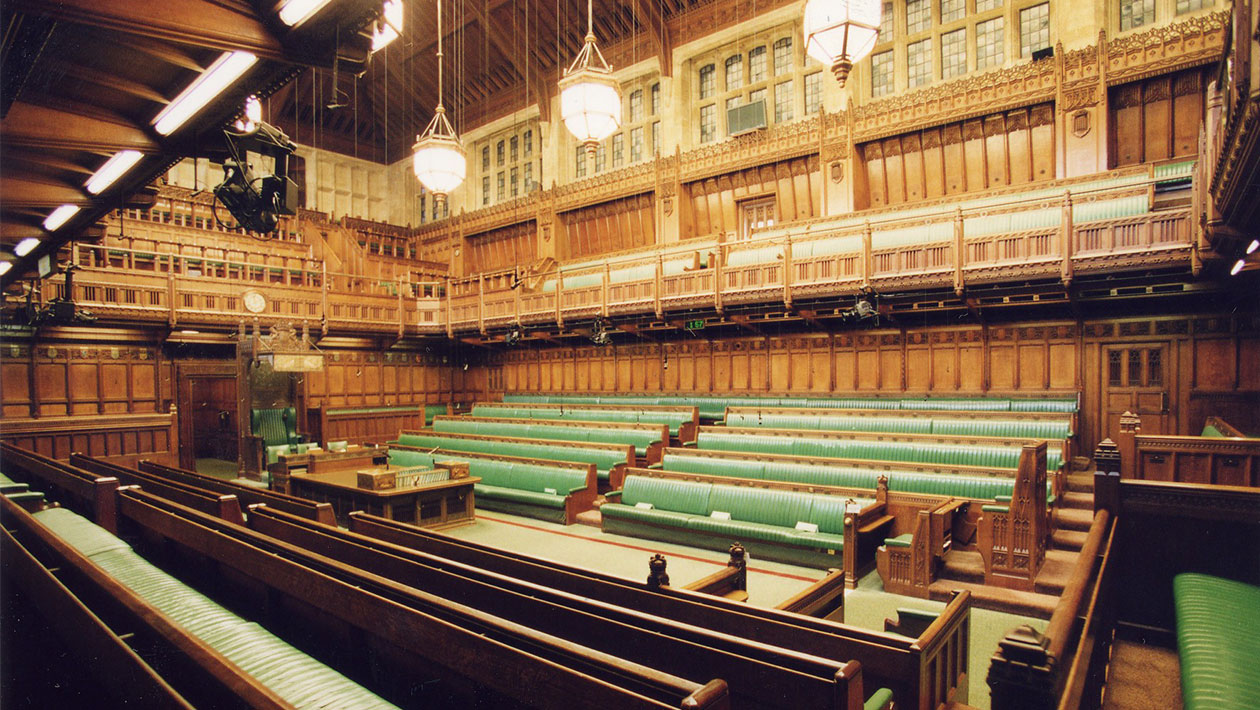Closed petition Make all forms of 'geo-engineering' affecting the environment illegal
We want all forms of geo-engineering to be illegal in the UK. We do not want any use of technologies to intervene in the Earth's natural systems.
More details
We think there is a potential for this to negatively impact humanity, flora and fauna in the future. It has previously been said that Greenhouse Gas Removal (GGR) is essential to meet climate targets. We believe that this, and all other forms of geo-engineering, should be made illegal in the UK.
This petition is closed All petitions run for 6 months
160,631 signatures
Show on a map the geographical breakdown of signatures by constituency
100,000 signatures required to be considered for a debate in Parliament
Parliament debated this topic
Government responded
This response was given on 21 May 2025
Greenhouse Gas Removals are important for achieving net zero emissions. The Government is not in favour of using Solar Radiation Modification and has no plans for deployment.
Making Britain a clean energy superpower is one of the five missions of this Government — delivering clean power by 2030 and accelerating to net zero across the economy. The government’s priority is to reduce greenhouse gas emissions from human activities and to adapt to the unavoidable impacts of climate change.
Geo-engineering is a term commonly used to refer to two types of technologies: Greenhouse Gas Removals (GGRs) and Solar Radiation Modification (SRM).
GGR technologies will be important for reaching net zero – balancing residual emissions from hard-to-decarbonise sectors, as recognised by the Intergovernmental Panel on Climate Change and the UK’s independent Climate Change Committee. There are commercial scale GGR projects operating and being planned around the world.
GGR approaches fall broadly into two categories: 1) nature-based approaches, such as afforestation, and soil carbon sequestration, and 2) engineering-based approaches, such as Direct Air Carbon Capture and Storage, Bioenergy with Carbon Capture and Storage, carbon in building materials, biochar, and enhanced rock weathering. Nature-based methods can play an important role in removing and storing carbon dioxide at scale while delivering a range of additional environmental benefits such as biodiversity gain, air quality and soil health. However, due to factors such as land constraints and timescales for sequestration, the evidence demonstrates that nature-based GGRs must be complemented by engineered solutions to remove carbon dioxide at the speed and scale needed to meet our targets.
In February, the government announced an Independent Review to consider how GGRs can assist the UK in meeting our net zero targets out to 2050. The review is not centred on any particular project and will consider all GGRs, with a focus on engineered GGR approaches. The review’s findings will be published.
The government supports the deployment of high integrity removals, and has committed to ensuring that GGRs provide measurable and verifiable removals of CO2 from the atmosphere. The government is currently working with the British Standards Institution to develop GGR methodologies. Some GGR technologies may use sustainable biomass and relevant GGR standards will also include biomass sustainability criteria. These criteria will build on the existing sustainability criteria for biomass to ensure they are based on the latest evidence base. The government plan to consult on the details of the sustainability actions set out in the Biomass Strategy published in 2023.
In March 2023, the government committed to launch a process to expand the Track-1 Carbon Capture Usage and Storage clusters: HyNet and East Coast Clusters. As of spring 2024, the Track-1 expansion HyNet process allows GGR and Power Bioenergy with Carbon Capture and Storage projects to apply to the expansion of the HyNet cluster in the North West. Applicants for Track-1 expansion HyNet were expected to complete an Environment Agency Guidance annex, as per the application guidance published in December 2023. This annex provides environmental considerations likely to be relevant to projects and steps they may need to take in relation to obtaining permits and consents. The Environment Agency Guidance aids the identification of key environmental risks associated with proposals and helps applicants to demonstrate awareness of potential control measures and environmental standards and regulations for the areas of risk that may be relevant to proposals.
SRM describes a set of technologies that could theoretically cool the Earth by reflecting some of the Sun’s energy back into space. However, the wider consequences of SRM are poorly understood, with significant uncertainty around the possible risks and impacts of deployment. As such, the government’s position is that it is not deploying SRM and has no plans in place to do so.
The government acknowledges that the Advanced Research and Invention Agency (ARIA), an independent research agency sponsored by the Department for Science, Innovation, and Technology, are funding some SRM research projects through their Exploring Climate Cooling Programme. This research aims to begin gathering critical missing scientific data to better understand potential Earth cooling approaches, conducting cautious, controlled research aimed at improving understanding of the risks and impacts associated with cooling technologies. The programme does not fund deployment. None of the approved ARIA projects involve the release of toxic materials to the environment. This research into cooling technologies in no way alleviates the urgent need for increased decarbonisation efforts.
Department for Energy Security and Net Zero
